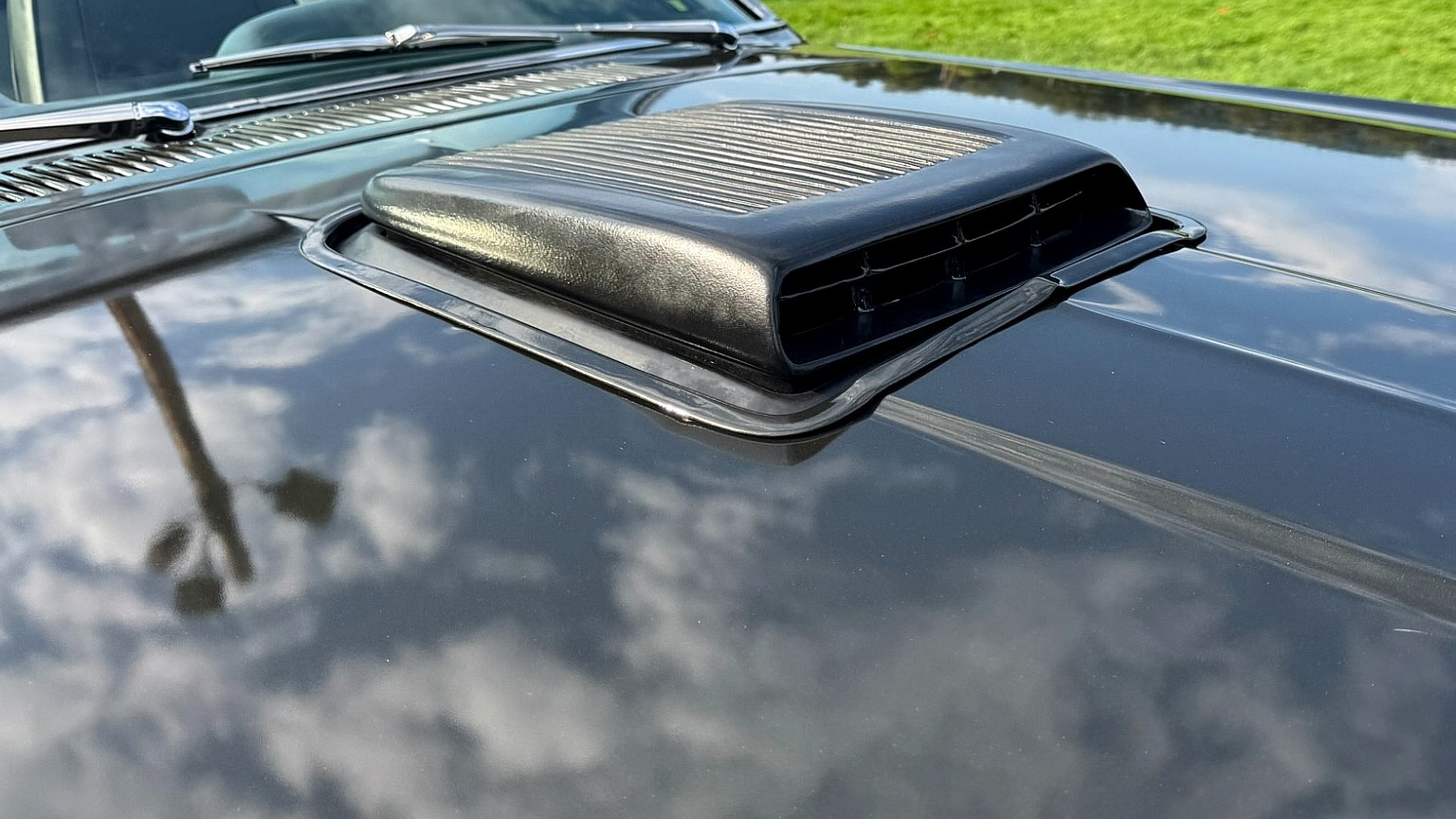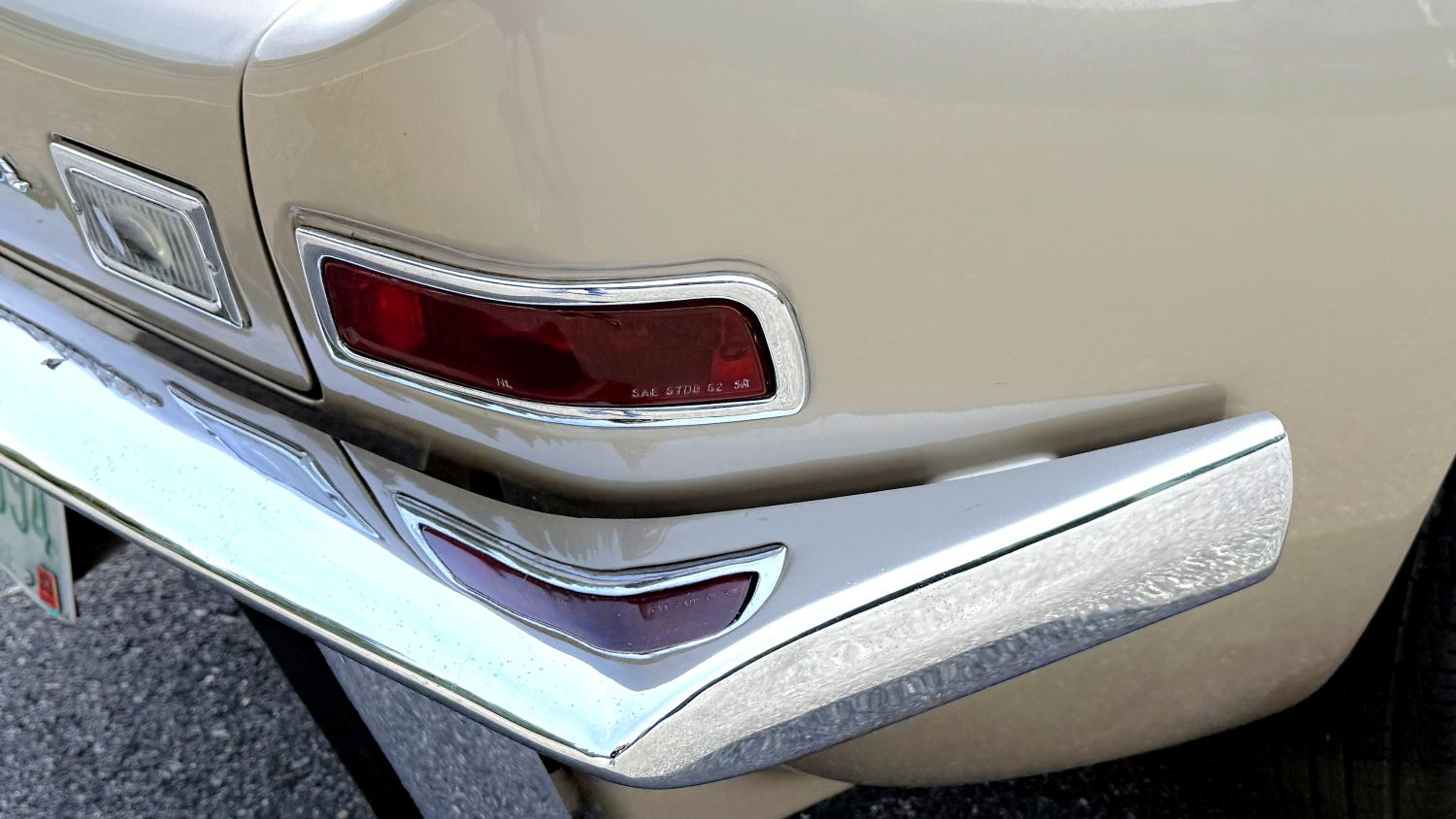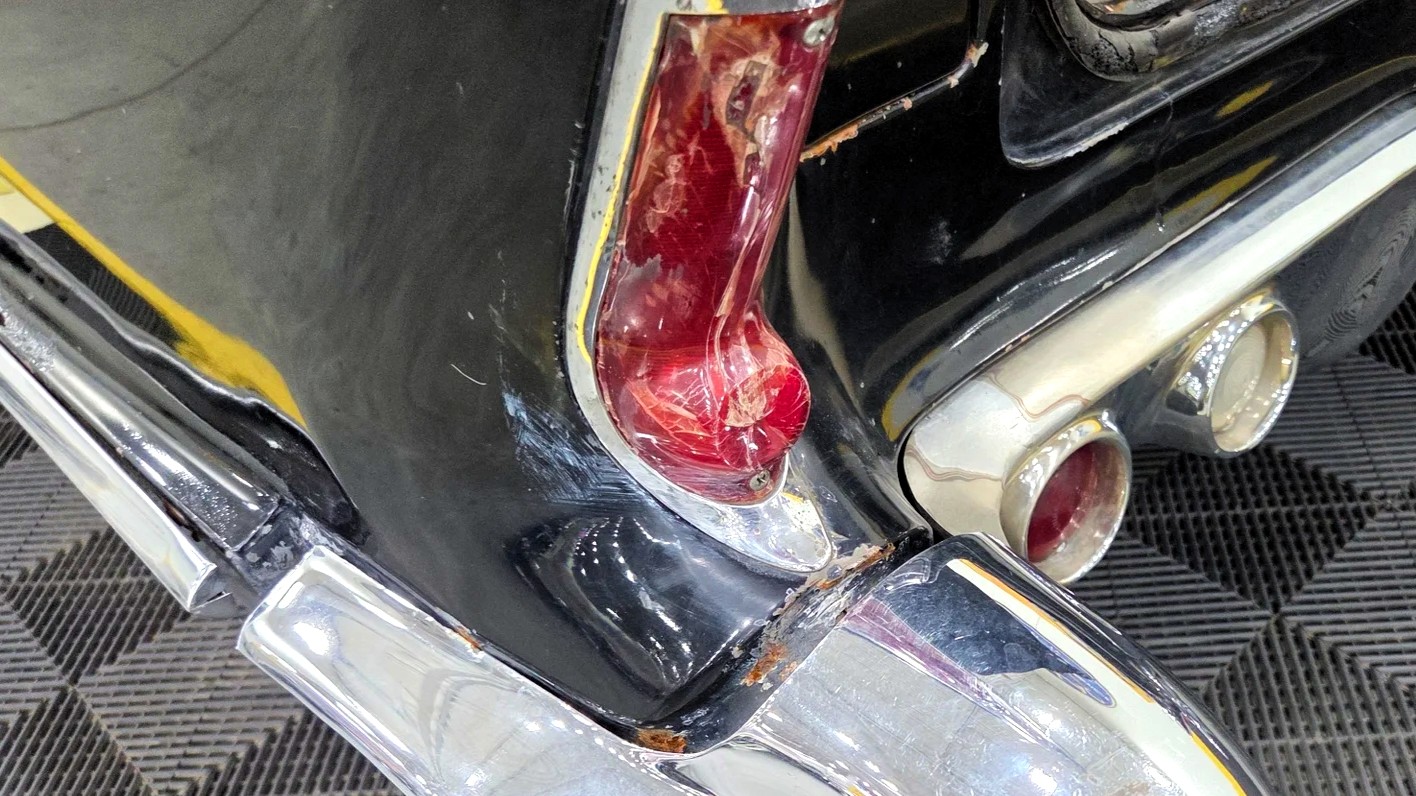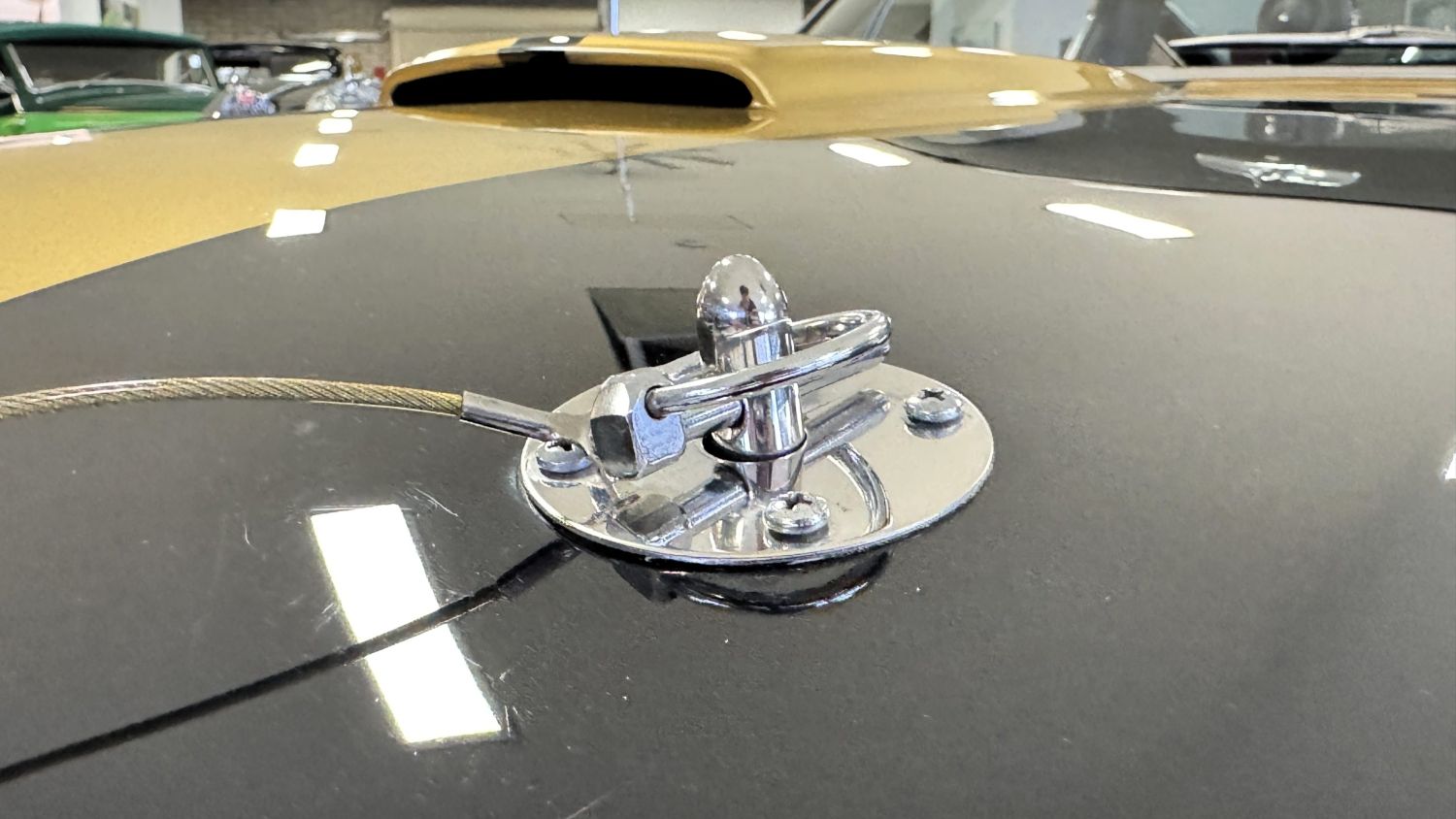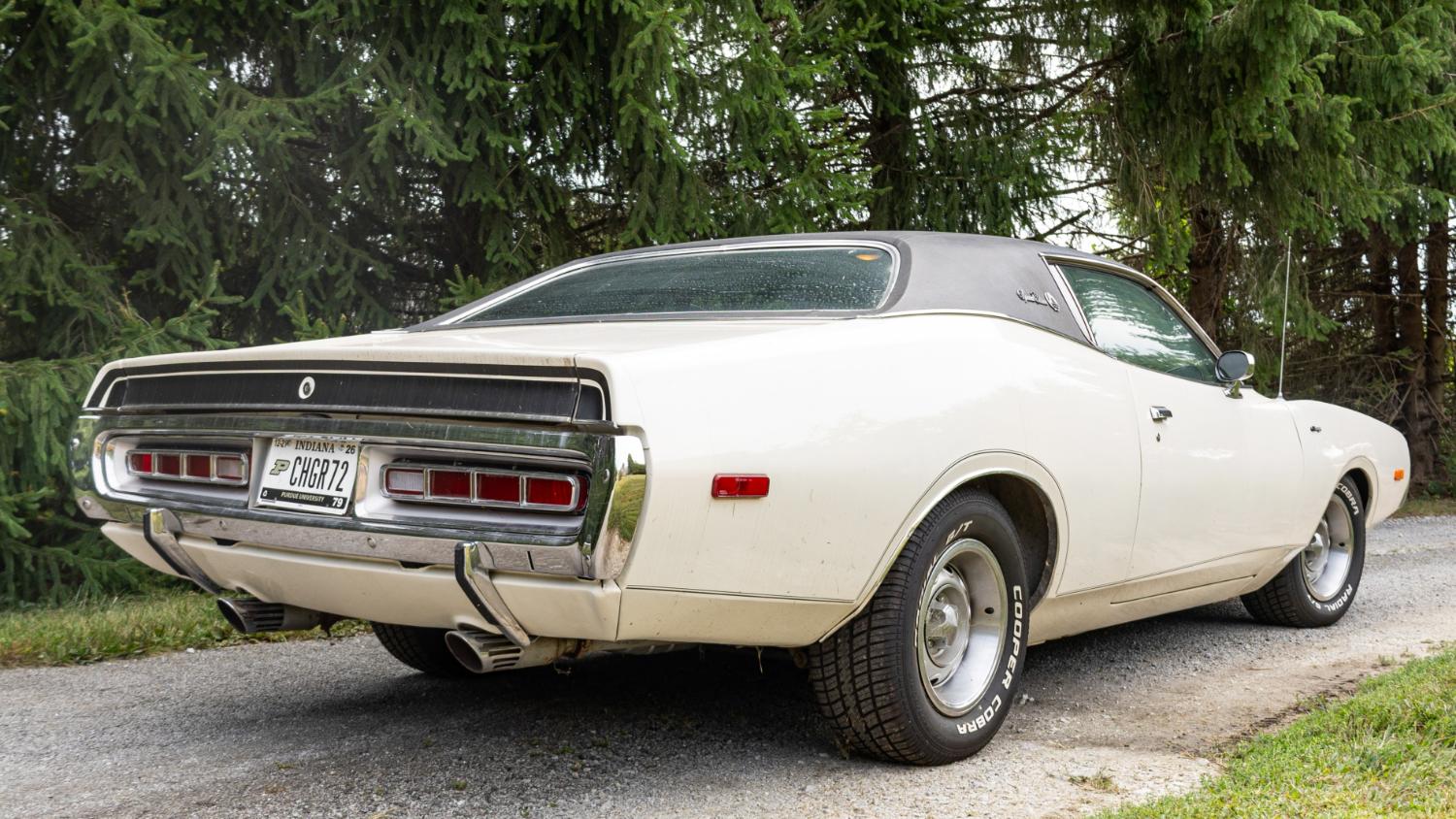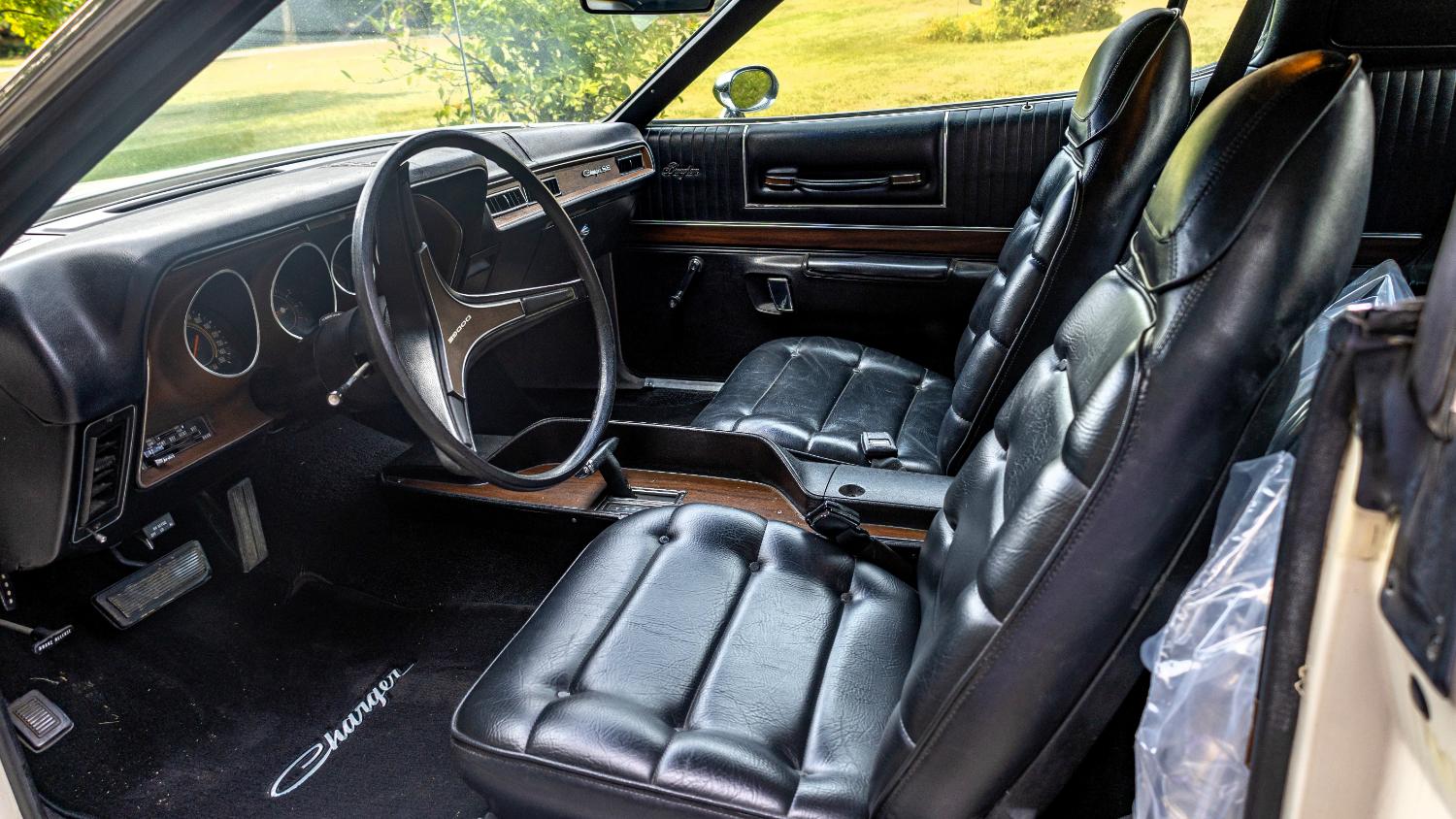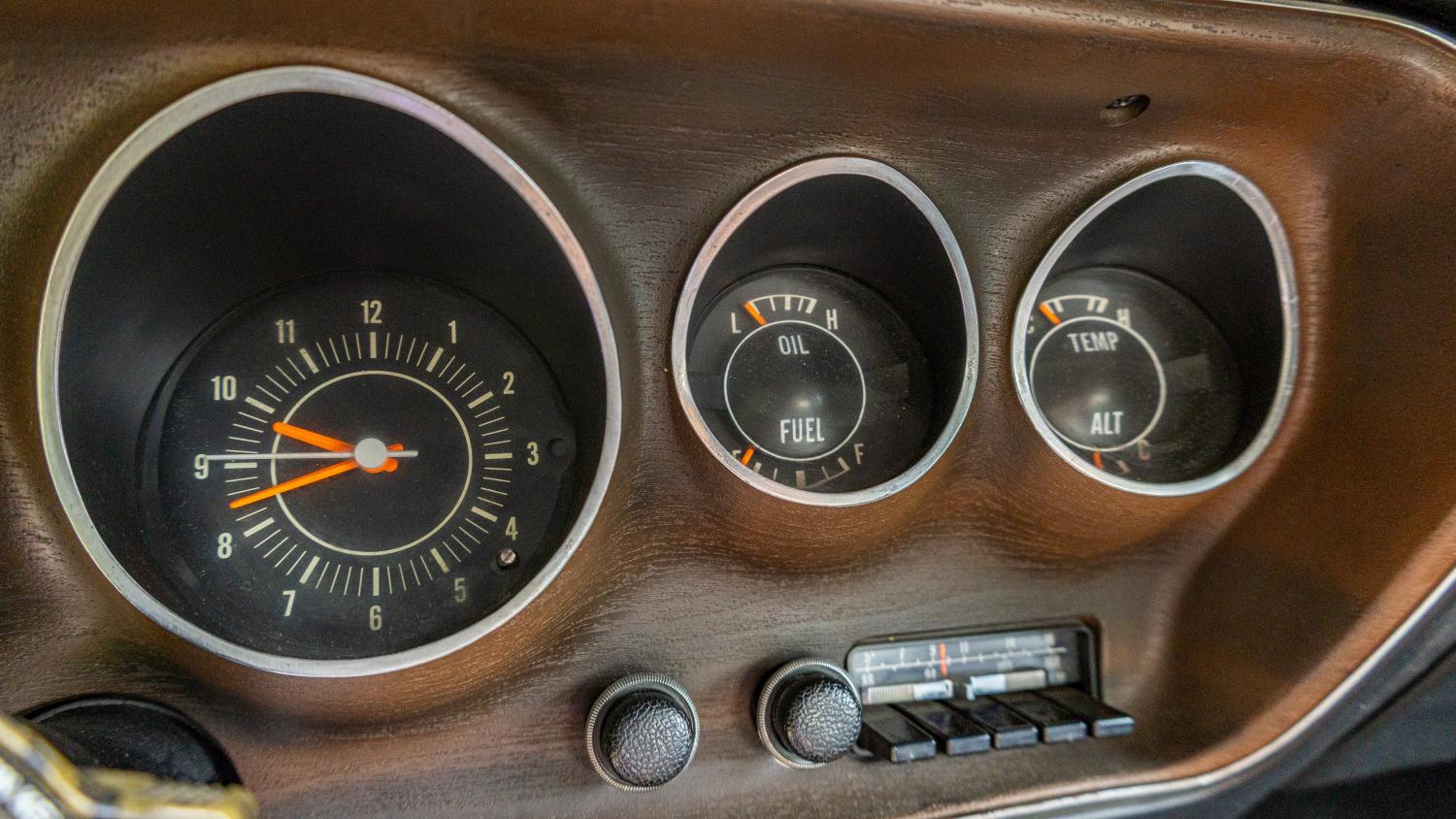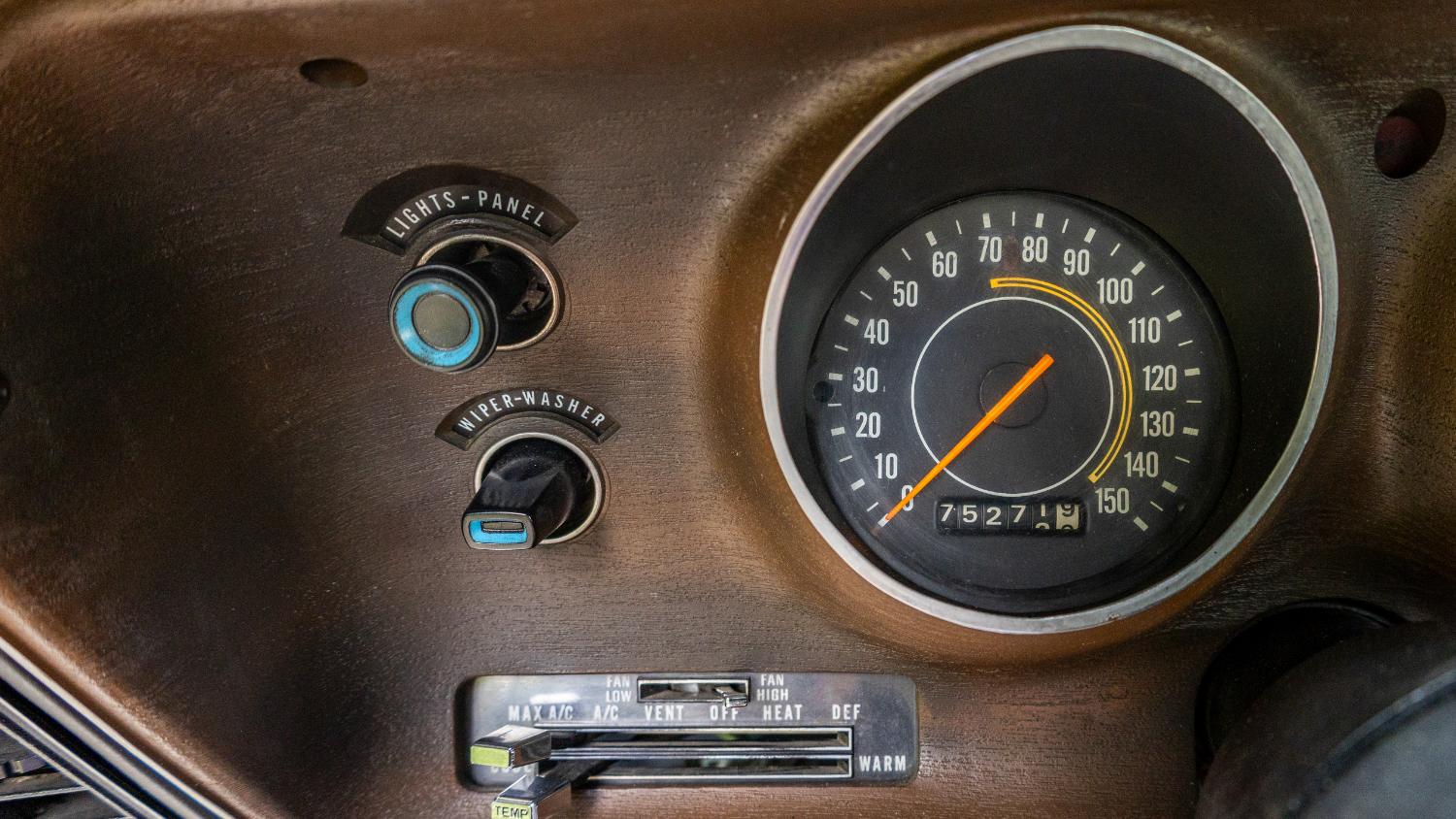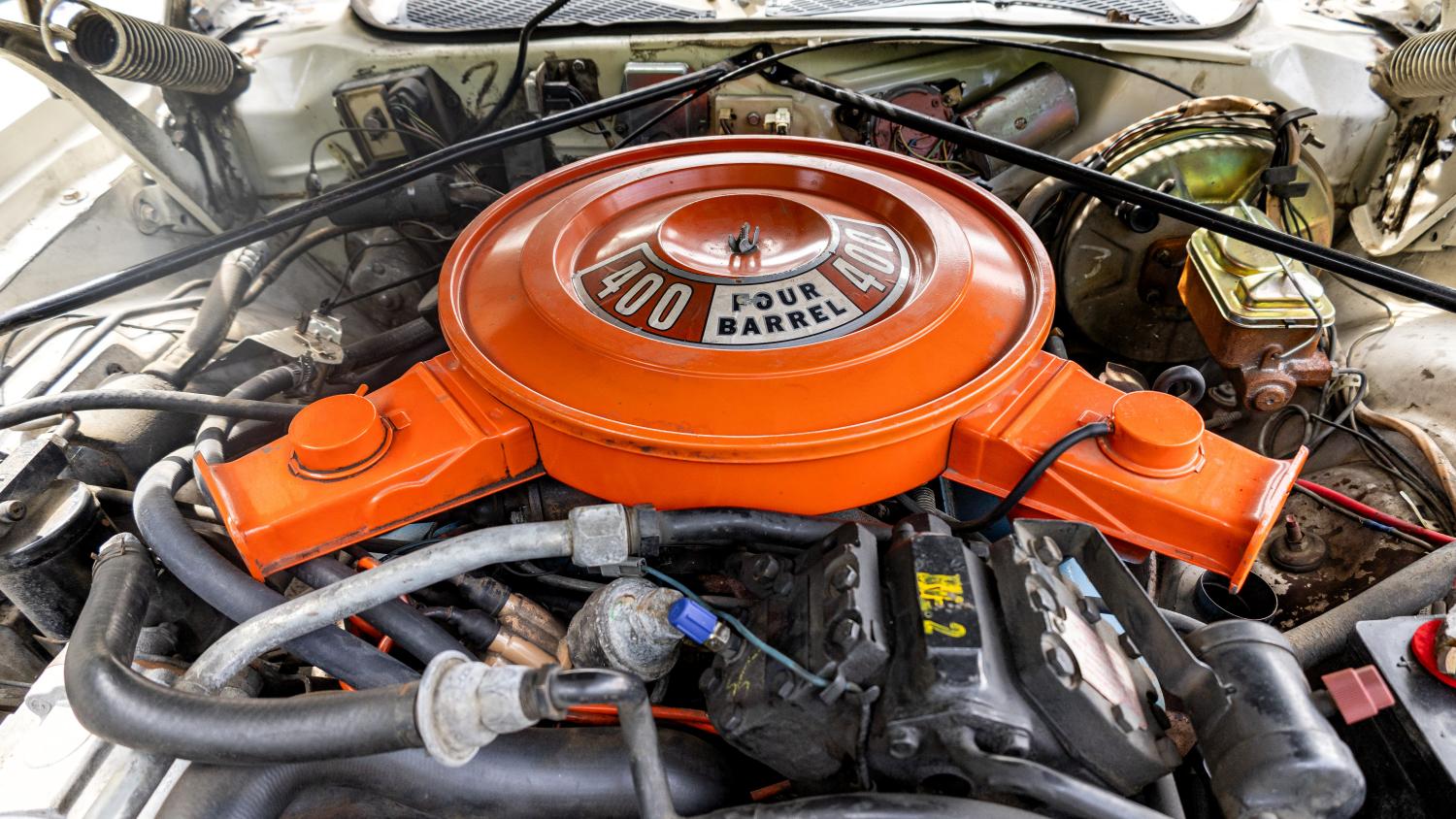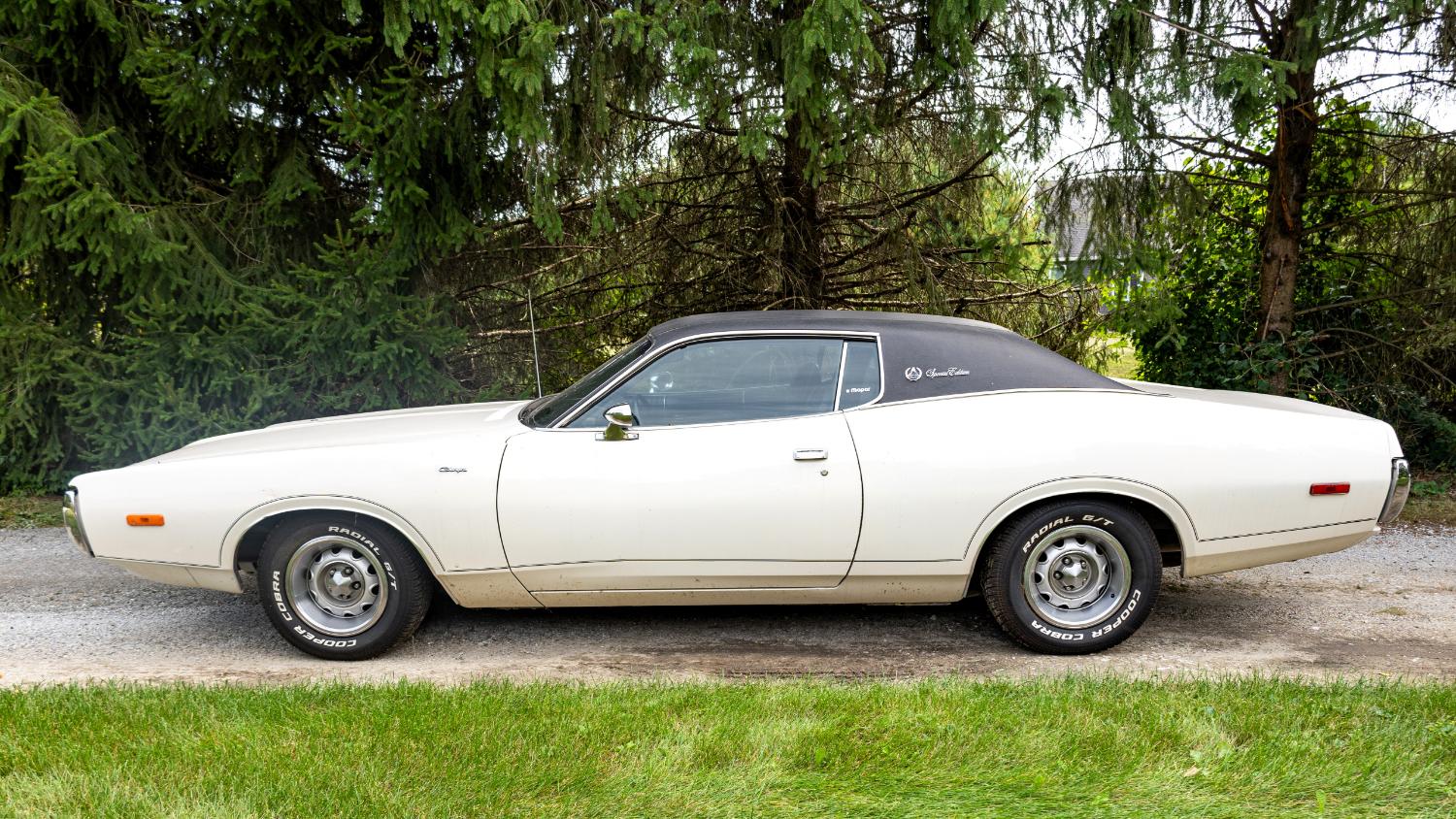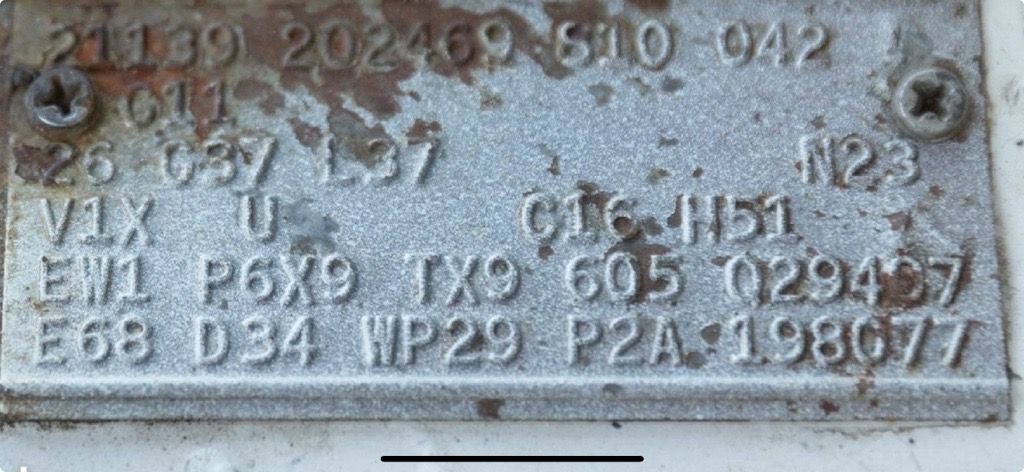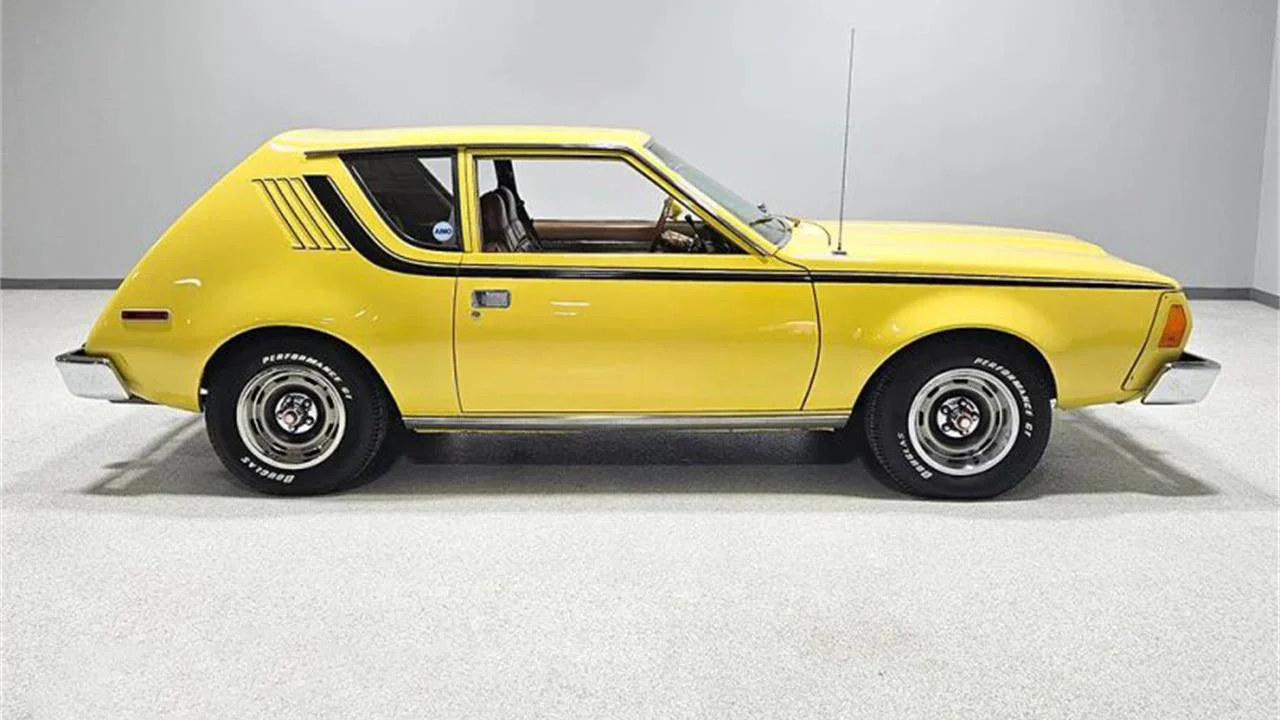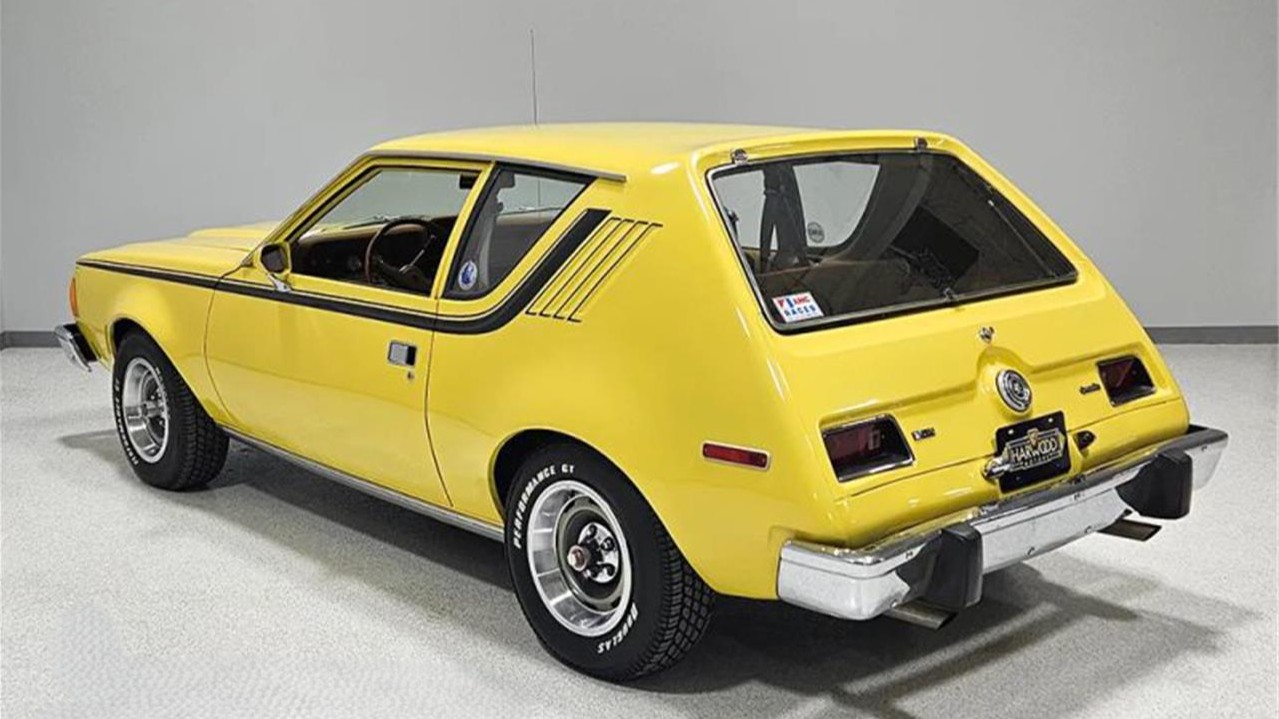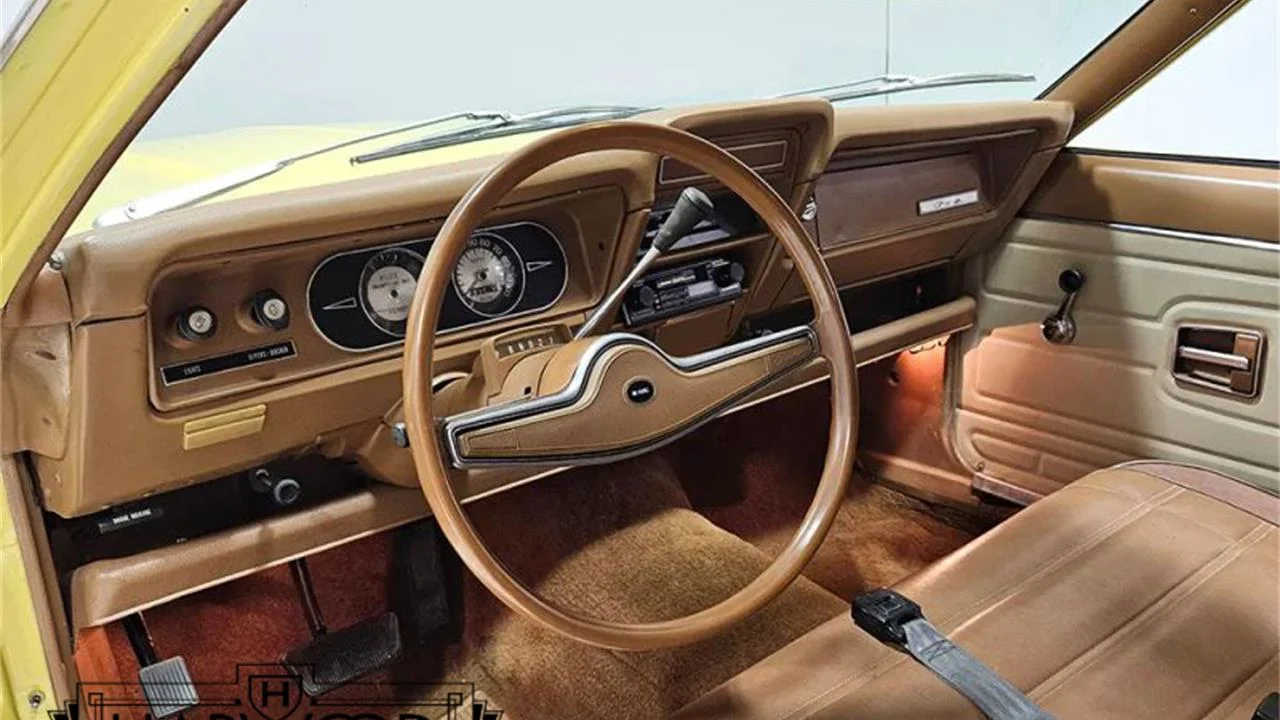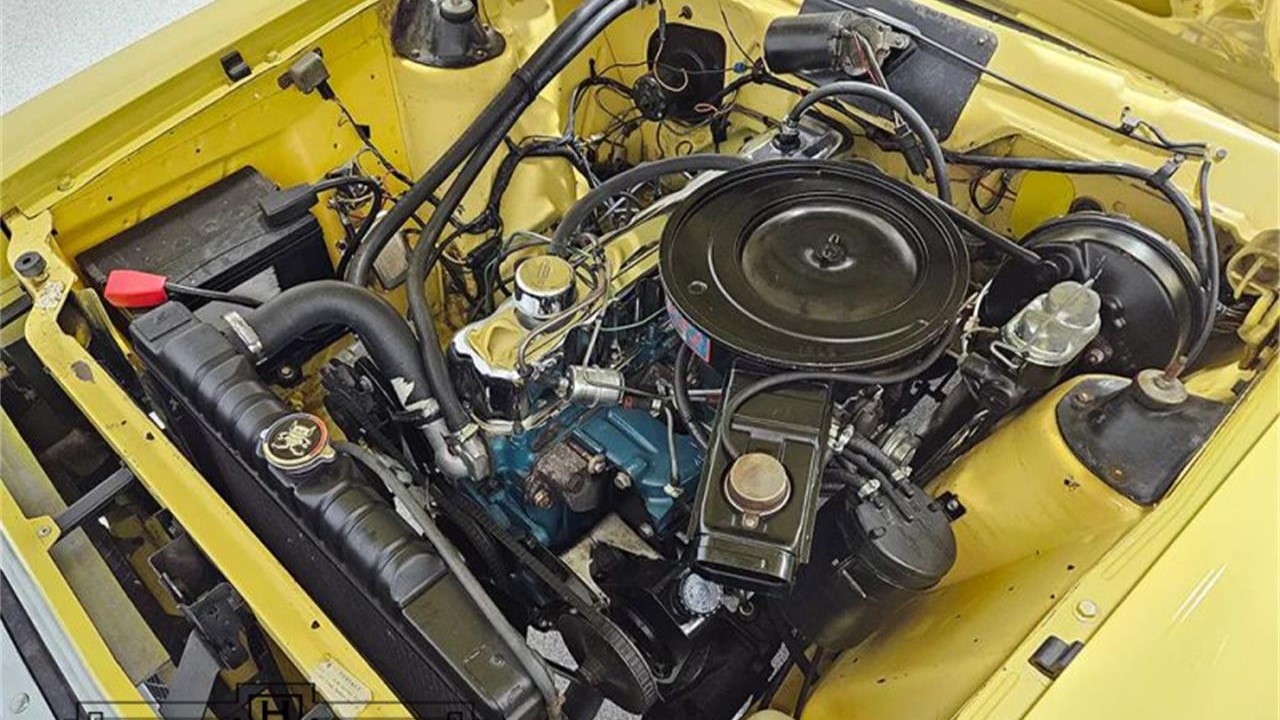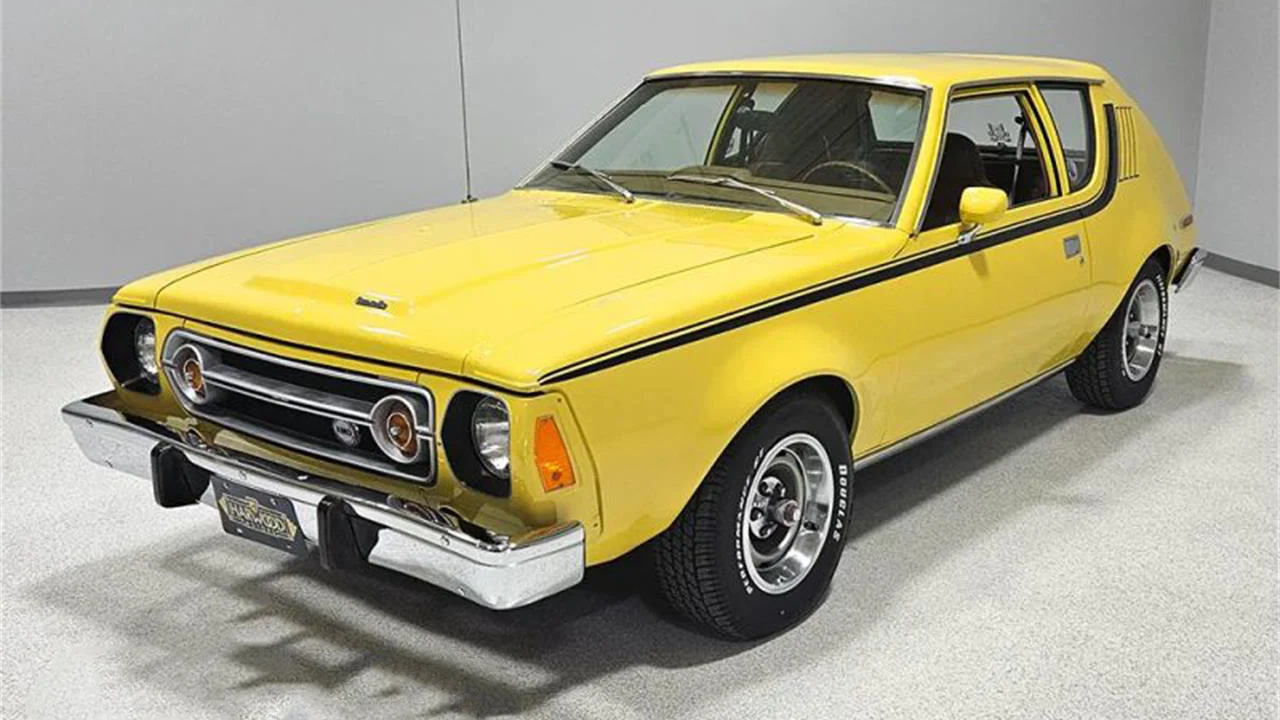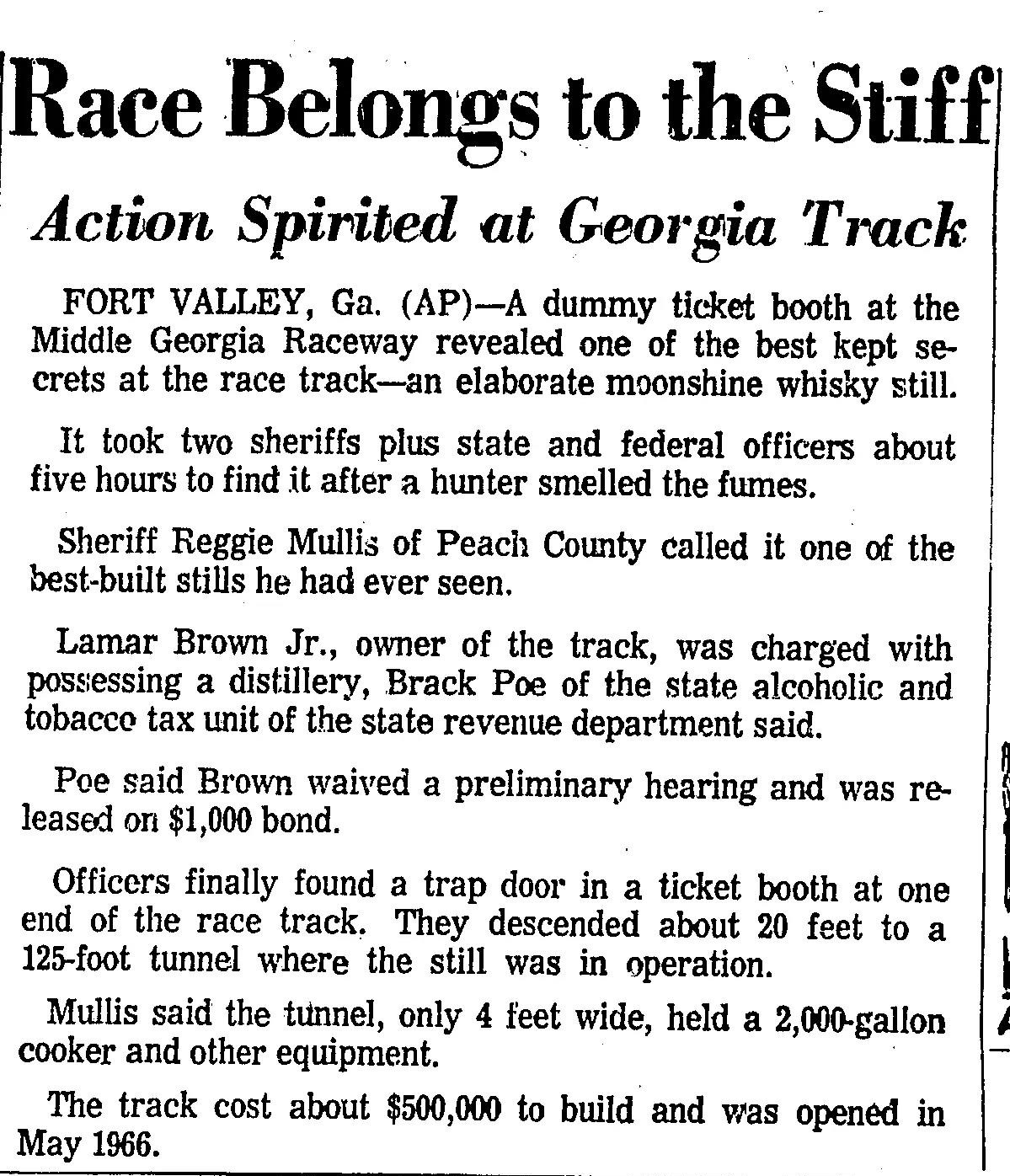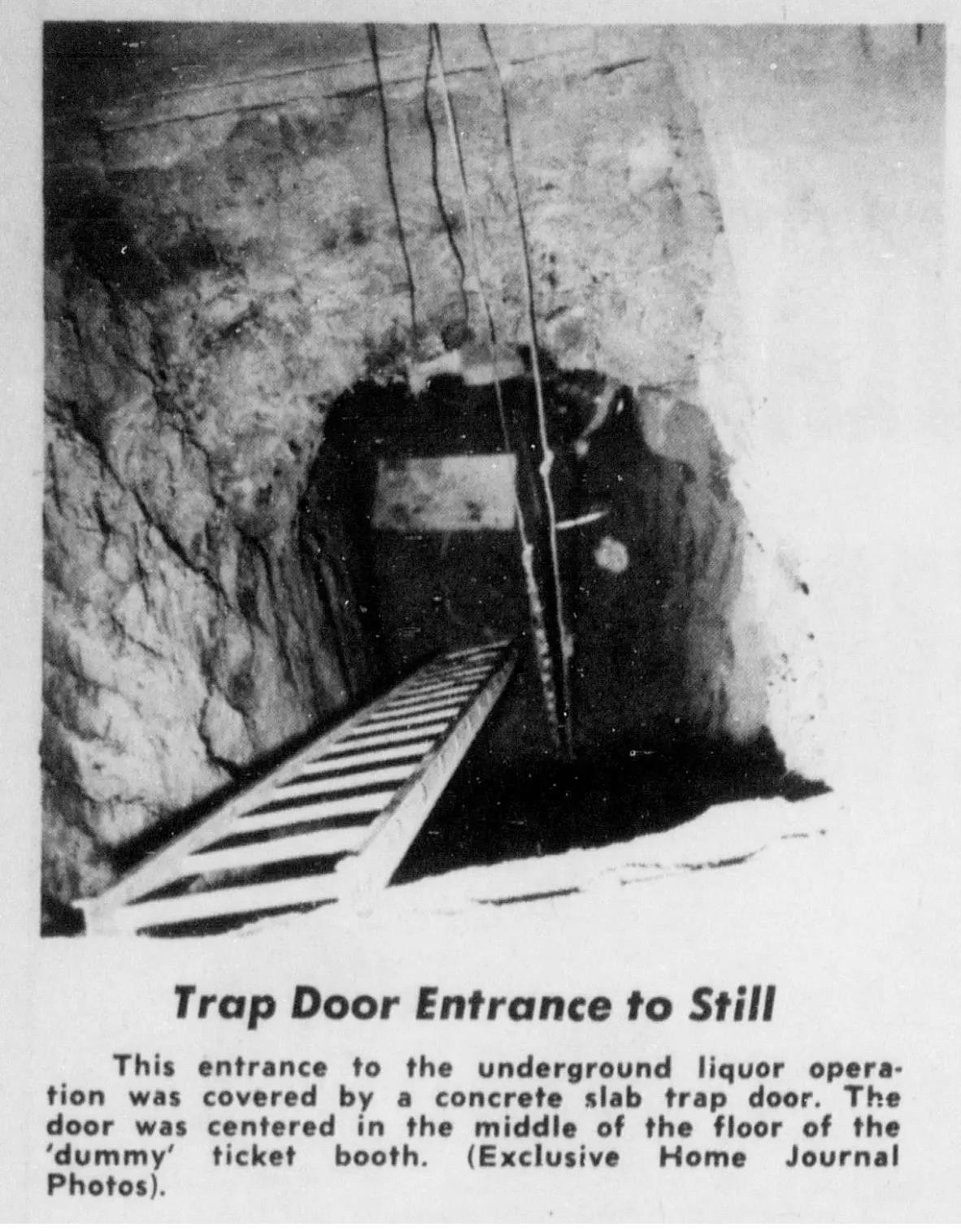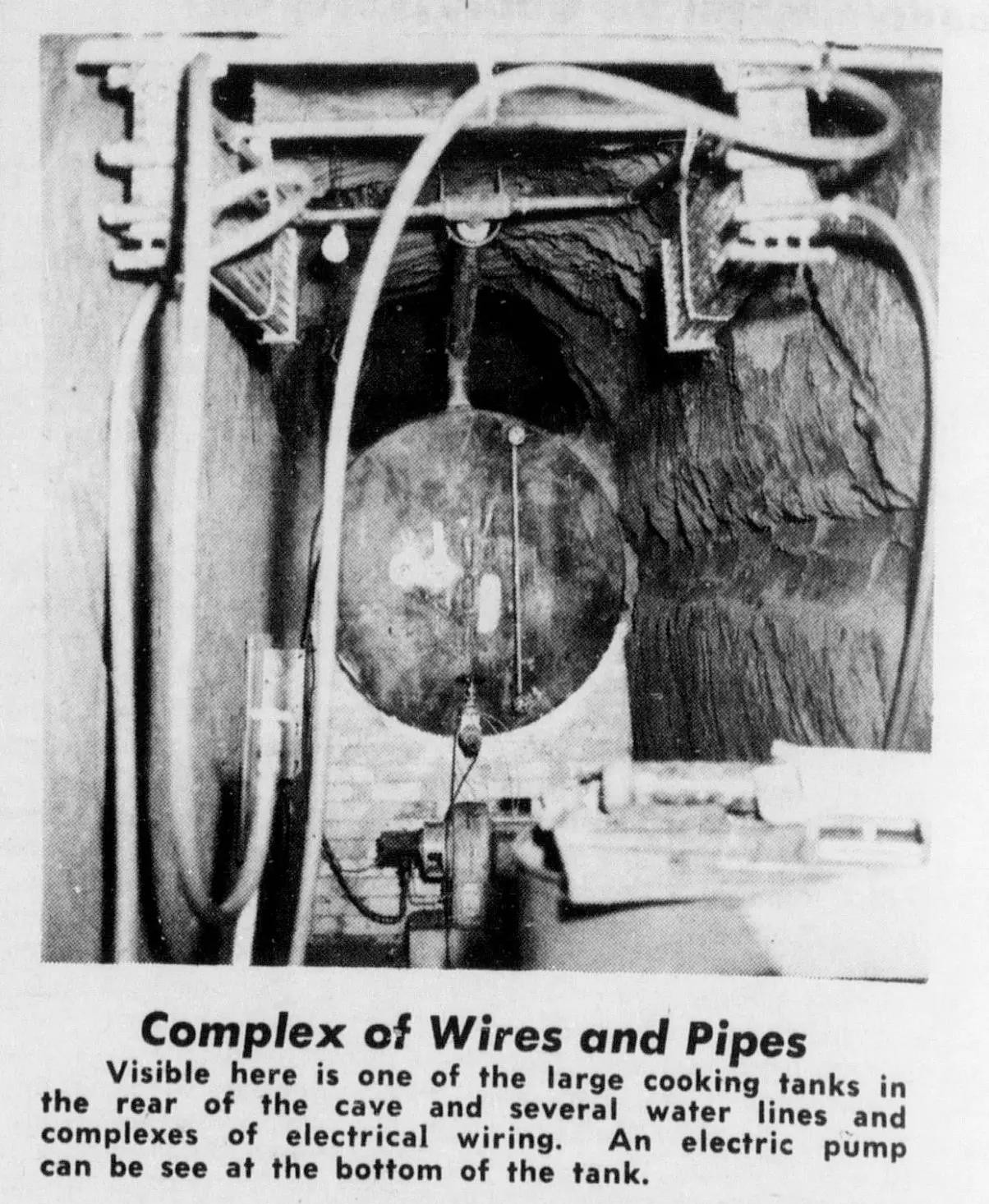Toyota just keeps improving the GR (Gazoo Racing) Corolla. It introduced the all-wheel-drive hot hatch in 2023 and, two years later, incorporated engine, transmission, and suspension improvements, which we experienced in the 2025 Premium Plus model we reviewed this past July. Now comes news that the 2026 Toyota GR Corolla is getting its own set of upgrades.

Last year’s Core and Premium trim levels have been dropped, leaving the base GR Corolla and the Premium Plus as the only two choices. The entry-level model features gloss black hood vents, roof spoiler, gloss black 15-spoke alloy wheels, and Brin Naub suede sport seats with gray stitching.
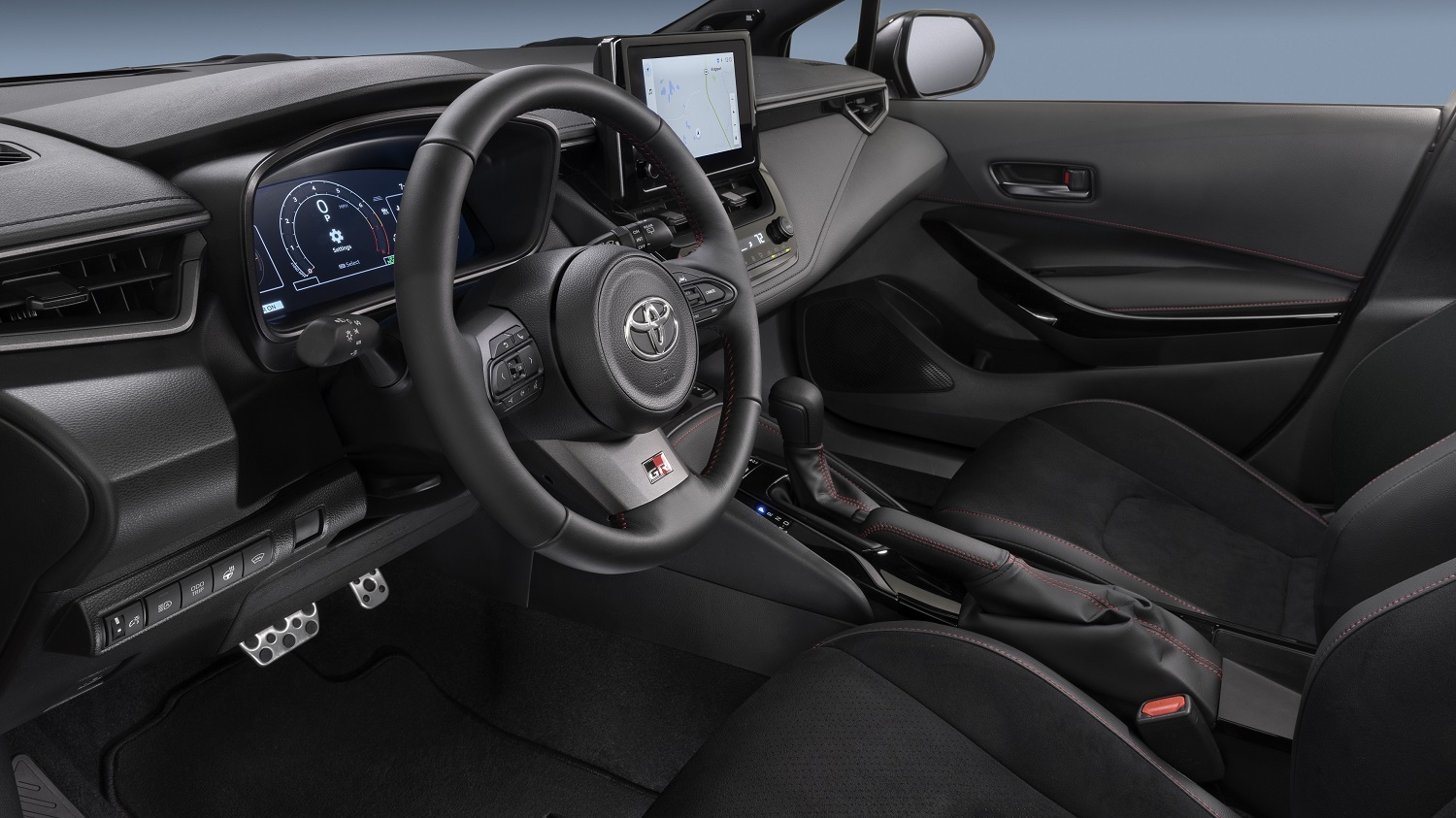
Like last year, the GR Corolla Premium Plus comes standard with a forged carbon fiber roof, a gloss black rear spoiler, matte black wheels, Brin Naub upholstery with red stitching, and a head-up display.
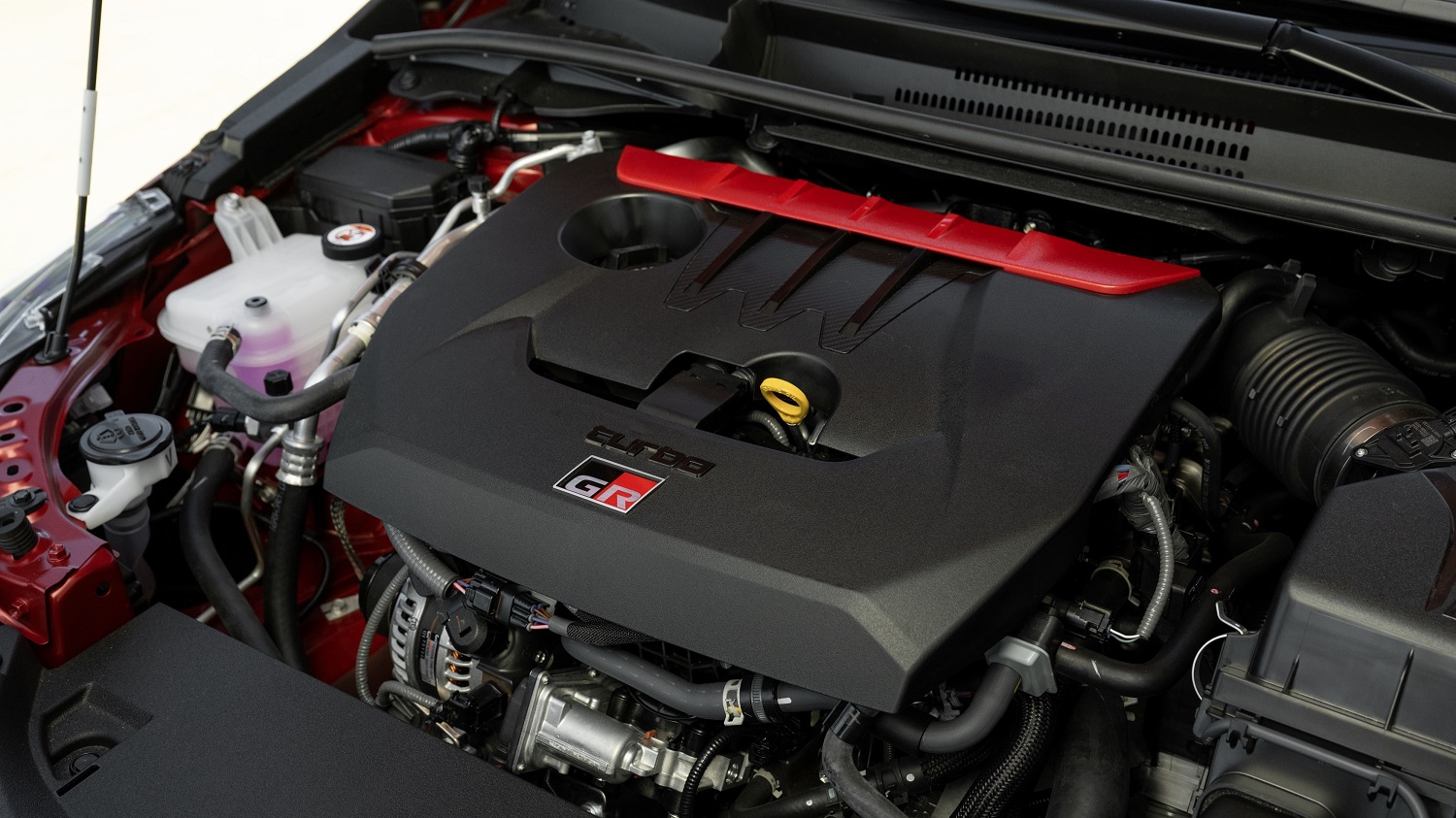
Both versions of the GR Corolla are powered by a G16E-GTS 1.6-liter turbocharged I3 that cranks out 300 horsepower and 295 lb-ft of torque, and available with a six-speed manual or an eight-speed Gazoo Racing Direct Automatic Transmission.
Toyota followed up 2025’s Fuji International Speedway-honed suspension changes by making the GR Corolla more rigid. According to the automaker, “With 45.6 feet of additional structural adhesive in the front and rear sections of the body, the GR Corolla boasts improved body rigidity and rear grip for better suspension movement and direct feeling, helping to ensure consistent steering and stable cornering.” It also topped its previous cooling enhancements with a new secondary air intake duct that helps keep temperatures at the right level.

Inside the GR Corolla Premium Plus, the JBL Premium Sound System’s speaker count is up by one to nine, which includes a subwoofer in the cargo area. Even when the stereo is off, Active Sound Control plays “sporty sounds” tuned to acceleration, deceleration, and throttle and shifter usage through the speakers (let’s hope there’s a button to turn it off—the GR Corolla doesn’t need sonic trickery to feel like a performance vehicle).
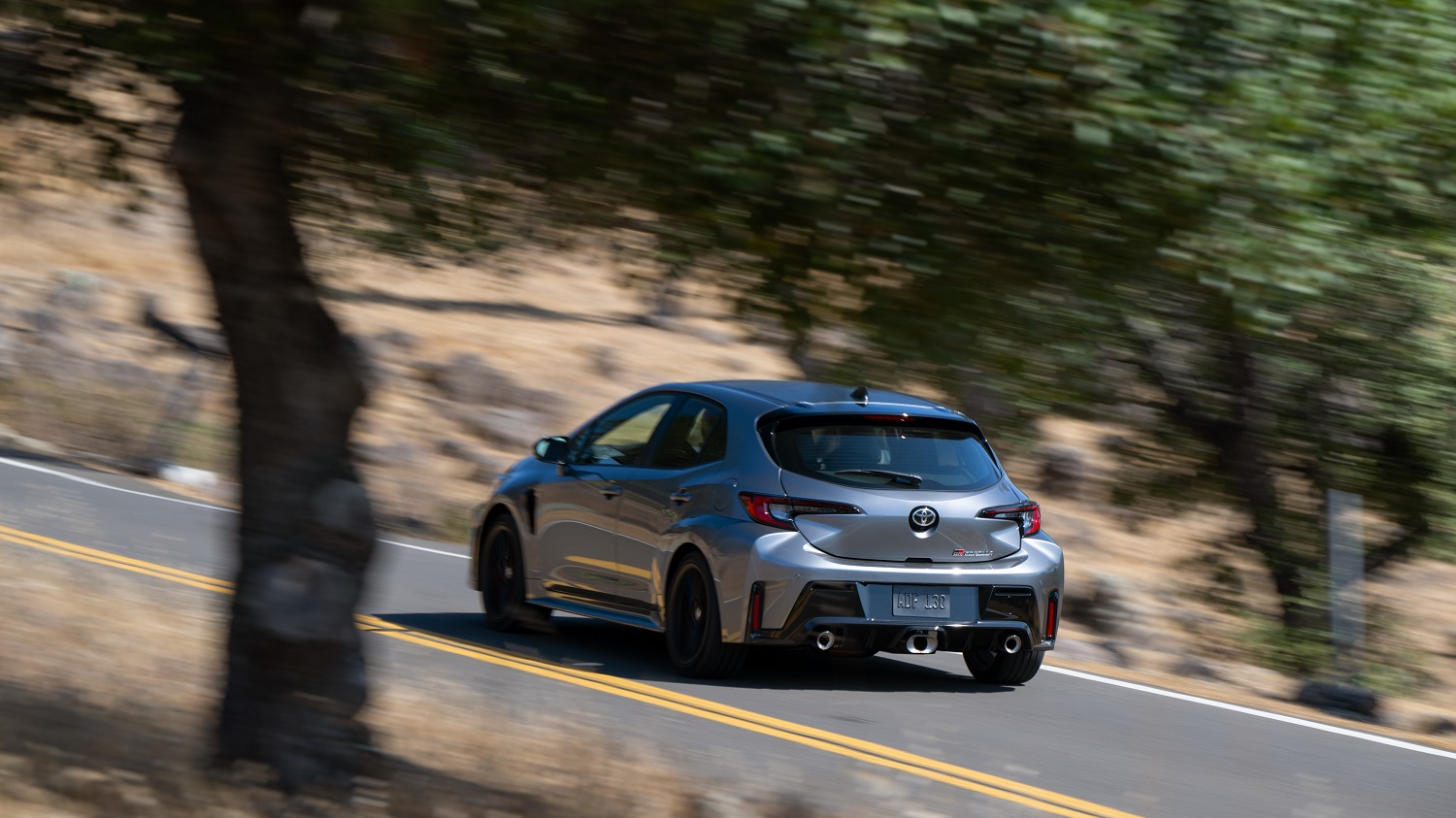
If you want the best GR Corolla yet (until—we’re guessing—Toyota comes out with an even better ’27 model), you can find it at your local Toyota dealer this fall. The starting price is up by more than $1,000 to $39,920. Check the table below for the 2026 Toyota GR Corolla lineup’s full pricing list—just be sure to add on $1,195 for the Dealer Processing and Handling fee.

